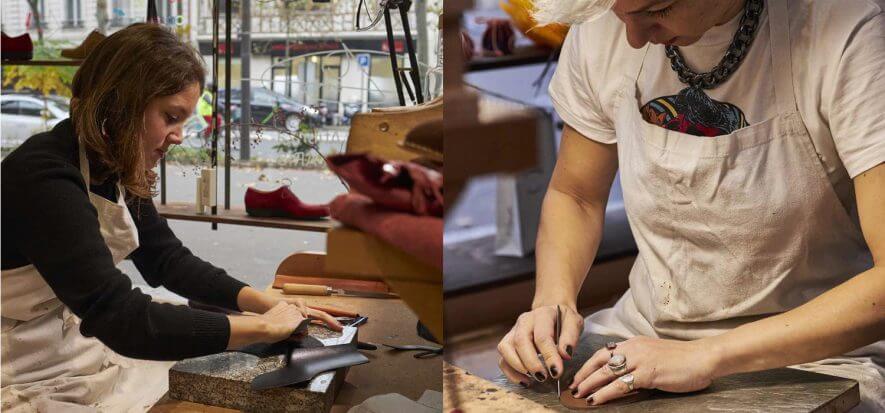The positive news is that for three out of four French people, leather is sustainable and natural. The bad news is that young people are confused about the subject. Happydemics institute conducted an online survey of 1,000 French citizens over the age of 18 on July 2-7, 2021. The aim of the survey, carried out on behalf of the Conseil National du Cuir‘s economic observatory, was to find out how much the French know about animal material.
How much do the French know?
Three out of four respondents said that leather is a “sustainable” and “natural” material. 64% of them described it as “solid”. Moreover, among those who buy leather goods, two out of three consider leather to be the most resistant material. 73% of French respondents said that leather is a material of natural origin. A concept that is taken for granted by more mature people (aged 55 and over) but for which the shortcomings of young people have emerged. More than half of the sample aged 18 to 24 believe that animals are bred not for their meat but for their skin.
Almost one in three believes that leather is not an animal material. Among leather products, shoes are the most purchased by the French (33%). They are followed by leather goods (23%), clothing (18%), gloves and furniture (13%). “The results of this study show that leather is viewed positively by the majority of French people”, comments Frank Boehly, president of the Conseil National du Cuir. The leather industry is committed to defending the intrinsic qualities of this exceptional material.
But who works with it?
The Conseil National du Cuir itself organised the 13th edition of “Rencontres du Cuir”, an event that took place in the Parisian workshop of master shoemaker Philippe Atienza. The footwear sector, reports Fashion United, is slowly being “feminised”. In fact, it was only in 2004 that training for women began. On the other hand, in the leather goods sector, 80% of the workforce is female, while in upstream jobs, particularly in tanneries, two out of three workers are men.
Read also:











